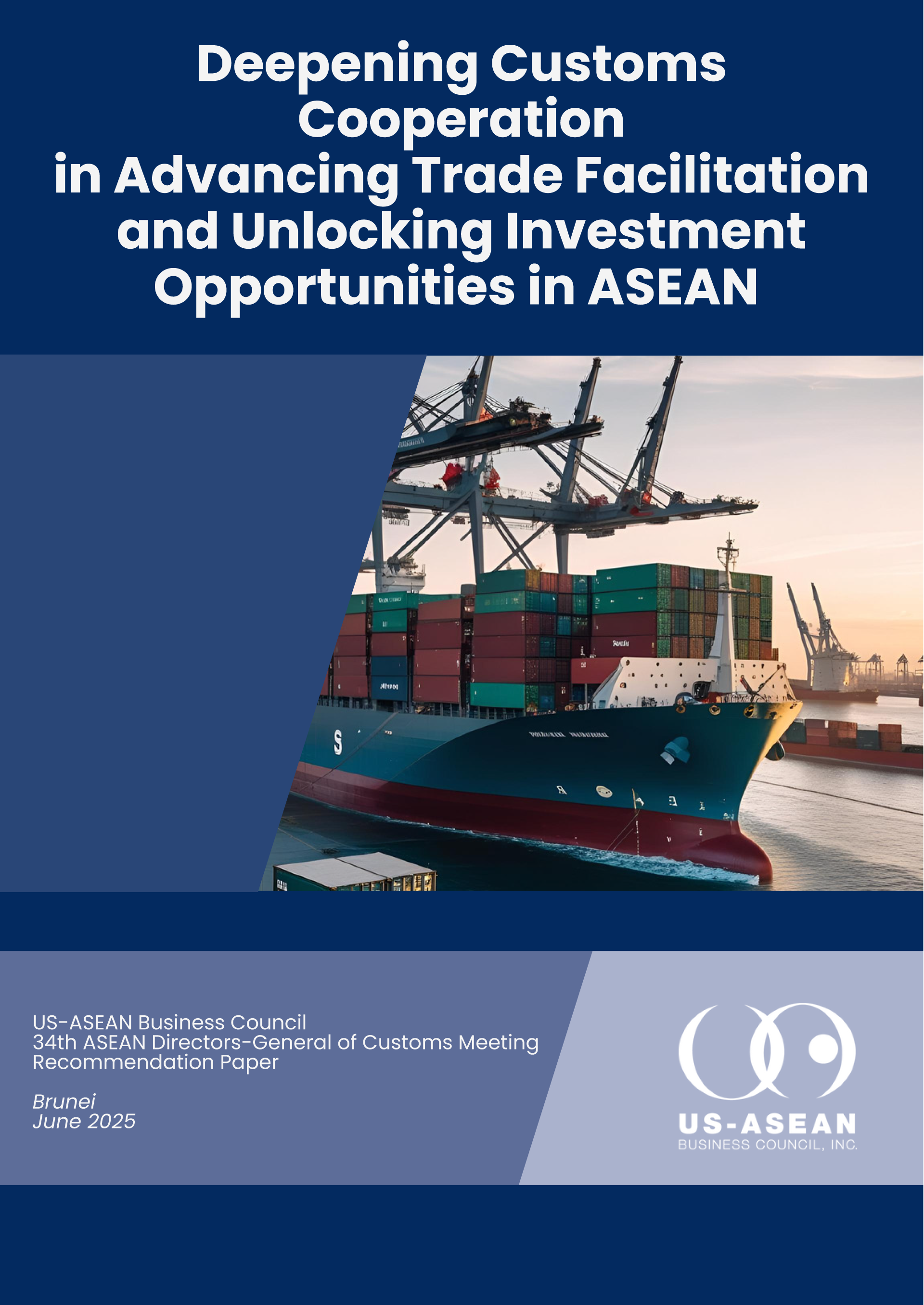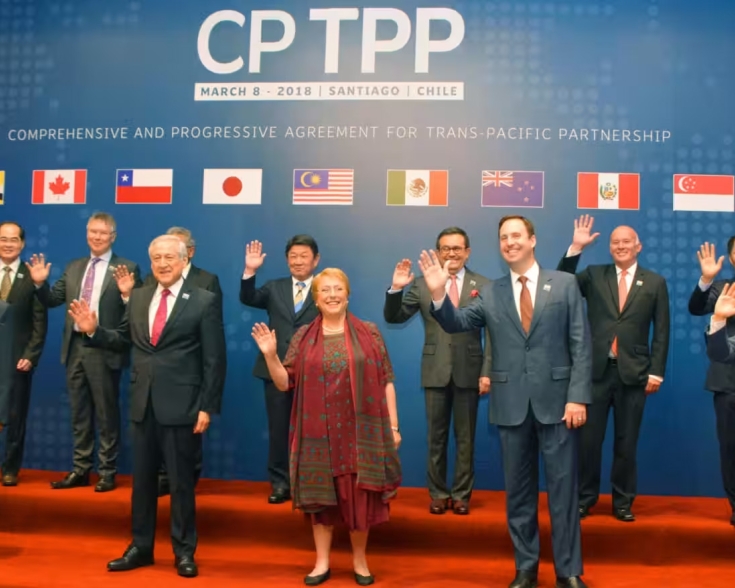Trump’s Kuala Lumpur Visit Sets Stage for Ceasefire and Tariff Talks

On Sunday, October 26, U.S. President Donald Trump is scheduled to arrive in Kuala Lumpur for the 47th ASEAN Summit, marking his first visit to Malaysia since returning to office and his first in-person engagement with Southeast Asian leaders since 2020. This summit boasts a prominent line-up of international leaders, including Russian President Vladimir Putin, Chinese Premier Li Qiang, India’s Prime Minister Modi, Brazilian President Luiz Inácio Lula da Silva, Italian Prime Minister Giorgia Meloni, and other major economic players. The visit places Malaysia at the diplomatic center of the Indo-Pacific as ASEAN Chair, underscoring Prime Minister Anwar Ibrahim’s efforts to project Malaysia as both a mediator and economic bridge between Washington and its regional partners.
During President Trump’s visit, Malaysian officials seek to secure concessions that would protect key industries central to its high-tech supply chain strategy. As tariff negotiations are expected to headline much of the summit’s agenda, Kuala Lumpur has confirmed plans to pursue sector-specific tariff exemptions with Washington, particularly for semiconductors after the United States imposed a 19 percent tariff on Malaysian exports earlier this year. According to Malaysian Prime Minister Datuk Seri Anwar Ibrahim, the reciprocal trade talks are already “99% complete.”
Beyond trade, the White House is also expected to coordinate closely with Malaysia to broker and sign a ceasefire agreement document between Thailand and Cambodia, whose border clashes have disrupted energy resource flows and regional trade since mid-2025. According to Thai Foreign Minister Sihasak Phuangketkeow, if the discussions go well, a joint declaration will be signed on the sideline of the Summit. However, not all are thrilled with Trump’s role as an intermediary at the ASEAN proceedings. Some civil-society groups in Malaysia have announced a protest to take place during the Summit, making the divisiveness of U.S. trade and foreign policy in the region even more apparent.




![Cover-[USABC-Final]-Driving-ASEAN-Unity-Malaysia's-Vision-for-2025](/sites/default/files/2025-07/Cover-%5BUSABC-Final%5D-Driving-ASEAN-Unity-Malaysia%27s-Vision-for-2025.jpg)



